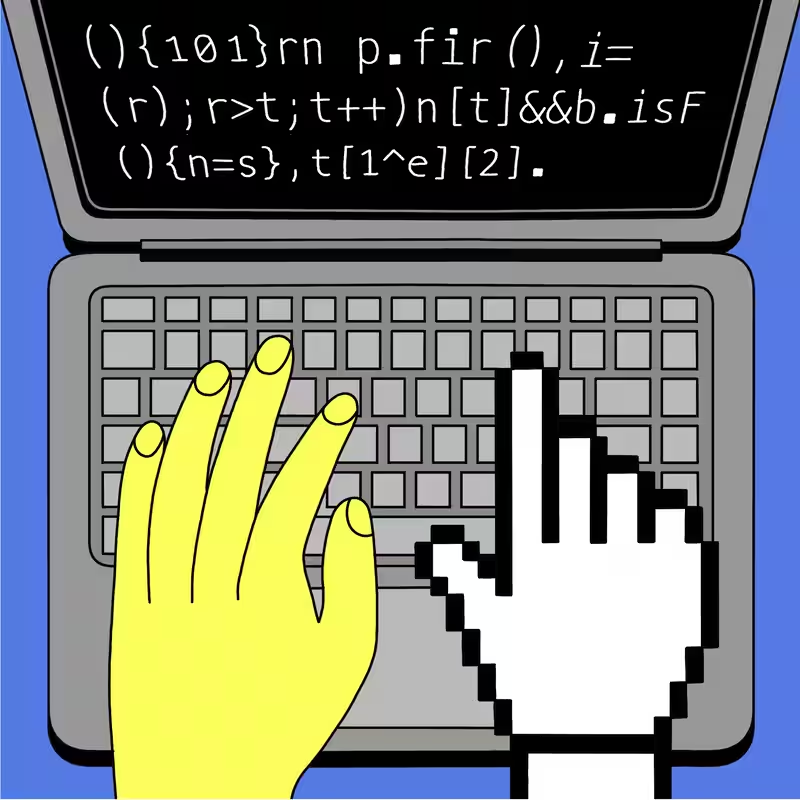Table of Contents
- What Is Vibecoding?
- AI as a Creative Collaborator
- From Silicon Valley to Everyday Users
- The Trade-Offs of Vibecoding
- Beyond Coding: The Rise of ‘Vibe’ Everything
- Sources
What Is Vibecoding?
Vibecoding is the latest buzzword taking the tech world by storm—and it’s simpler than it sounds. At its core, vibecoding means using natural, conversational language to prompt artificial intelligence to write code for you. No syntax, no debugging marathons—just describe what you want, and let AI handle the rest.
The term, popularized in early 2025 by OpenAI co-founder Andrej Karpathy, blends “vibe” (that elusive, intuitive feeling) with “coding.” It reflects a shift toward intuitive, human-first development where you don’t need a computer science degree to build an app or website.
AI as a Creative Collaborator
Think of AI not as a replacement for developers, but as a creative partner. With tools like GitHub Copilot, Replit Ghostwriter, and newer AI-native platforms, users can type prompts like “Create a login page with dark mode” or “Build a to-do list that syncs across devices,” and get functional code in seconds.
“It’s like having a junior developer who never sleeps,” says Kyle Jensen, professor at the Yale School of Management and a vibecoding workshop instructor. “You guide the vision; the AI handles the legwork.”
From Silicon Valley to Everyday Users
What started as a niche trend among indie hackers and startup founders has quickly gone mainstream. Hobbyists, small business owners, and even high school students are now building functional web apps using nothing but plain English (or Spanish, French, etc.).
Microsoft has even embraced the concept beyond software—introducing “vibe working,” where employees use AI to generate slide decks, analyze spreadsheets, or draft emails based on a simple description of the desired “vibe.”
The Trade-Offs of Vibecoding
While vibecoding lowers the barrier to entry, it’s not without risks:
- Security gaps: Auto-generated code may contain vulnerabilities if not reviewed.
- Limited customization: Complex logic or edge cases often require manual intervention.
- Over-reliance: New developers may skip foundational learning, stunting long-term growth.
Experts caution that vibecoding is best used as a starting point—not a final solution. “It democratizes creation, but doesn’t replace critical thinking,” Jensen adds.
Beyond Coding: The Rise of ‘Vibe’ Everything
Vibecoding has sparked a cultural ripple effect. We’re now seeing terms like:
- Vibe marketing
- Vibe designing
- Vibe analytics
All describe AI-assisted workflows where users articulate a mood, aesthetic, or goal—and let algorithms fill in the technical blanks. It’s less about precision, more about intuition.
Sources
The New York Times: With ‘Vibecoding,’ A.I. Can Help Anyone Build an App




